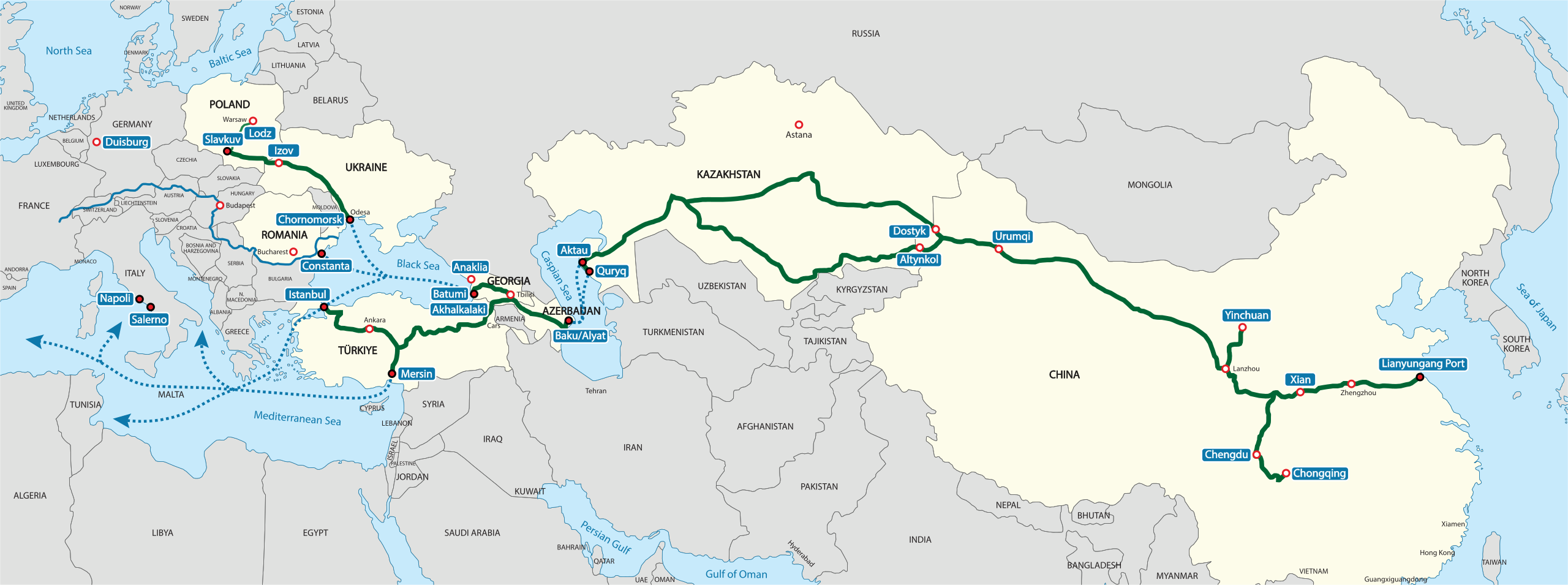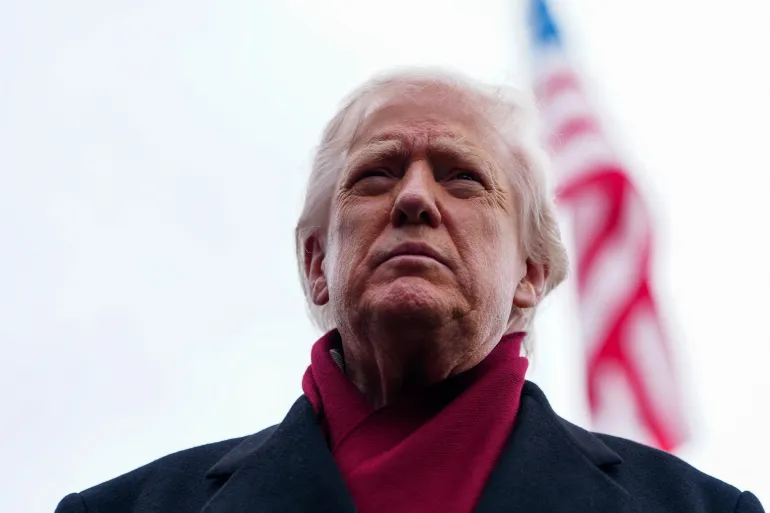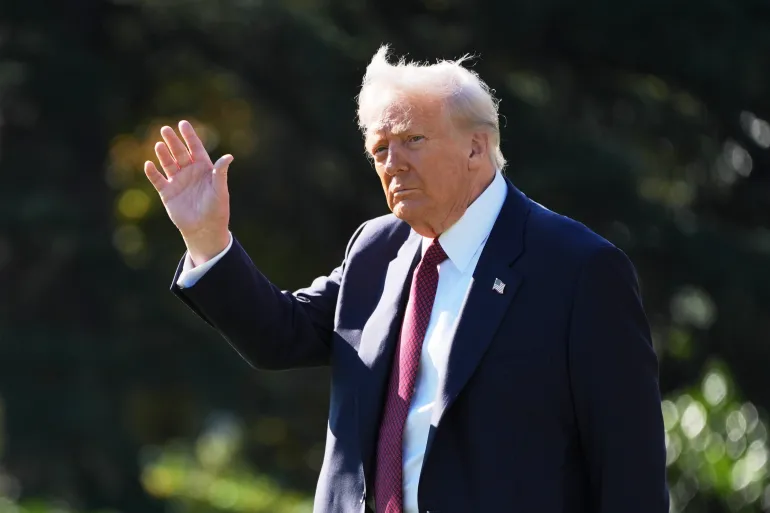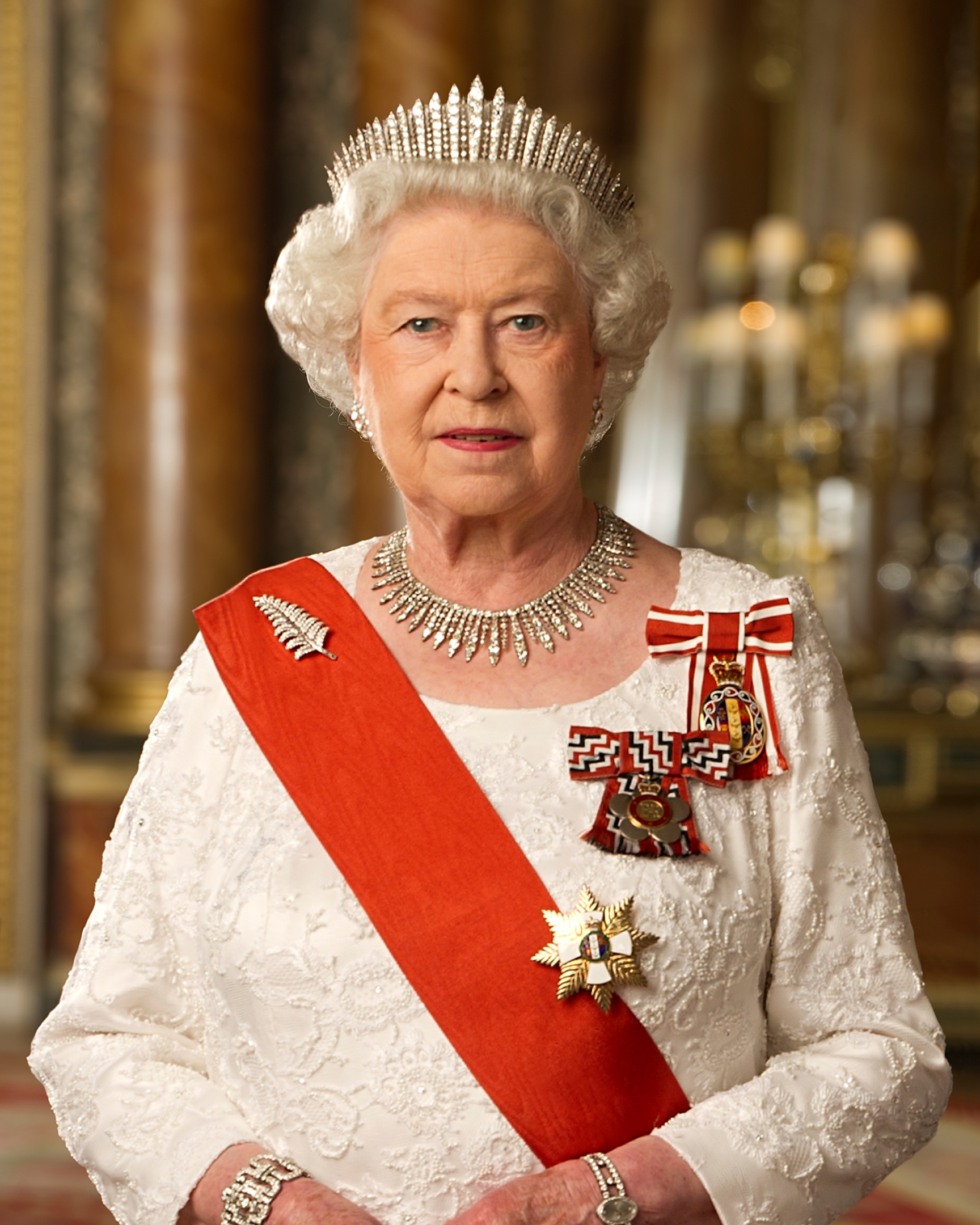Armenia’s Foreign Policy Pivot: From Moscow’s Orbit to Washington’s “Trump Route”

Armenia’s foreign policy is in the middle of its biggest shake-up since independence. Foreign Minister Ararat Mirzoyan spelled it out bluntly last week in Kapan, where he briefed Armenia’s ambassadors: peace with Azerbaijan isn’t just desirable anymore, it’s the cornerstone of Armenia’s new diplomatic playbook.
That message comes on the heels of the Washington Accords — a US-brokered framework deal that sketches out an end to decades of conflict with Azerbaijan. For a country that’s been dependent on Russia for its security since the 1990s, Yerevan is suddenly writing a new chapter with Washington, Brussels, and regional neighbors in mind.
For thirty years, Armenian diplomacy revolved around the unresolved Nagorno-Karabakh conflict and Moscow’s supposed security umbrella. That umbrella collapsed in 2020, when Azerbaijan retook most of Karabakh with little Russian pushback, and again in 2023, when Russia, being bogged down in Ukraine, sat idle during Azerbaijan’s final military operation in the enclave.
Now, instead of staking everything on Karabakh, Prime Minister Nikol Pashinyan has declared the issue “closed” and is urging displaced Armenians to rebuild their lives inside Armenia. Painful? Absolutely. But also pragmatic: reopening the question would trigger counterclaims from Azerbaijan about the return of hundreds of thousands of Azerbaijanis displaced from Armenia decades ago.
The flashy part of the Washington deal is the so-called Trump Route for International Peace and Prosperity (TRIPP) — a 30-ish kilometer transit corridor through Armenia’s Syunik province linking Azerbaijan to its Nakhchivan exclave. The US gets development rights for 99 years, building out rail, highways, and even telecoms infrastructure.

On paper, Armenia keeps sovereignty and customs control. In practice, it’s a risky gamble: handing Washington the keys to a strategic corridor irritates Moscow and Tehran, who see their influence eroded, while also tying Armenia’s fortunes to Western capital and promises of investment.
But if it works, Armenia isn’t just a small landlocked state anymore. It plugs into the Middle Corridor, a freight route stretching from China to Europe via Central Asia and the Caucasus — a project the World Bank says could triple in traffic by 2030. For a country desperate for jobs and growth, that’s tempting.
Predictably, Russia and Iran weren’t thrilled. Moscow initially fumed but softened after Pashinyan reassured Putin the deal wasn’t “anti-Russia.” Tehran reacted even harsher at first, calling it an American plot to cut Iran off from Armenia. But when Iran’s reformist President Masoud Pezeshkian showed up in Yerevan this month, the rhetoric cooled. Armenia sweetened the mood with a symbolic condemnation of Israeli strikes on Iran, and the two sides signed 10 cooperation memorandums — from trade to transport.
The message Mirzoyan is trying to sell: unblocking regional trade routes benefits everyone, even Moscow and Tehran, if they’re willing to see it that way.
The Washington deal isn’t perfect.
- Opposition parties in Yerevan are already warning of “Armenia’s collapse” and could make the accords an election wedge issue next year.
- Russia still has bases and political levers inside Armenia — expect Moscow to use them if it feels sidelined.
- Turkey’s role is conspicuously absent, yet no corridor will thrive without Turkish ports and transit links.
And the corridor itself could easily stall if corruption, weak investment, or geopolitical tug-of-war take over.
The gamble is bold: tie your fate to US-backed infrastructure and a peace deal with your historic rival, or risk staying stuck in isolation with a weakening Russia.
As Mirzoyan told his ambassadors, the priority now is peace and prosperity for Armenian citizens. For the first time in decades, Yerevan is openly admitting that its survival depends not on frozen conflicts, but on integration and connectivity.
Whether that gamble pays off depends on three things: the durability of peace with Azerbaijan, the willingness of Washington and Brussels to actually invest, and Armenia’s ability to manage — not alienate — the angry giants on its borders.









The latest news in your social feeds
Subscribe to our social media platforms to stay tuned